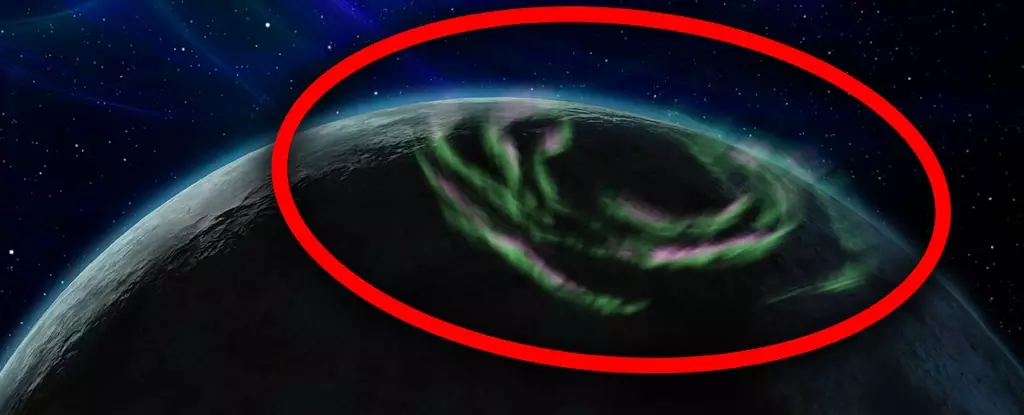Over the past few months, we have been fortunate enough to witness some breathtaking displays of auroras. These mesmerizing lights are generated when charged particles from the Sun collide with the gas in our atmosphere, causing it to glow. However, a recent study suggests that auroras may not be limited to our planet alone. Researchers now believe that exoplanets orbiting pulsars, the remnants of massive stars, could also have their own auroras. In this article, we will delve deeper into this fascinating topic and explore the potential detectability of auroras on these exoplanets.
Pulsars, the remnants of super massive stars, are what remain after these stars reach the end of their life cycle. Throughout their lifespan, stars synthesize heavier elements in their cores, with the outward thermonuclear pressure balancing the force of gravity. However, as the star evolves, gravity eventually triumphs, causing the star to implode and explode in a shockwave. What is left behind is a rapidly rotating neutron star that emits a pulsating beam of radiation as it spins. These pulsating beams are what we call pulsars.
The first exoplanets ever discovered were found in orbit around pulsars. Astronomers detected slight irregularities in the pulsars’ otherwise clock-like rhythms by studying the pulses of radiation emitted by these stars. These irregularities were caused by the presence of planets orbiting the pulsars. While most pulsars do not have any companions, it is estimated that around 0.5 percent of them may have planetary companions.
In a recent paper published by a team of Swiss scientists, they propose that exoplanets orbiting pulsars may experience auroras due to their unique magnetic environments. The researchers conducted simulations to estimate the amount of electromagnetic radiation being emitted during these interactions. They focused on millisecond pulsars and the planets orbiting them, specifically studying two types: those with conducting surfaces and those with electrically uncharged surfaces.
The simulations carried out by the team demonstrated that planets around millisecond pulsars could be detected using current radio telescope technology. The radio flux density, which measures the flow of energy in or out, was estimated to range from 0.1mjy to 30mjy (millijanskys). The frequency of the emitted radiation was expected to be above the absorption level of plasma but below the blockage level of the ionosphere. The team concluded that both LOFAR (Low Frequency Array) and future developments of SKA (Square Kilometre Array) would possess the necessary sensitivity to detect these planets, with minimum sensitivities of around 0.1mjy and 0.001mjy respectively.
In addition to detecting the presence of planets, it is also plausible to detect the existence of auroras in these systems. The simulations carried out in the study suggest that the electromagnetic radiation emitted during the magnetic interactions between the exoplanets and the pulsars could result in visible auroras. This opens up an exciting avenue for studying the magnetic environments and atmospheres of exoplanets in the vicinity of pulsars.
The possibility of auroras on exoplanets orbiting pulsars offers a fascinating insight into the diversity of cosmic phenomena beyond our own planet. The simulations conducted by Swiss scientists indicate that the detectability of these planets using current radio telescope technology is promising. Furthermore, the potential detection of auroras adds another layer of intrigue to these systems. As research in this field progresses, we may gain a deeper understanding of the magnetic interactions and atmospheric conditions of exoplanets around pulsars.



Leave a Reply